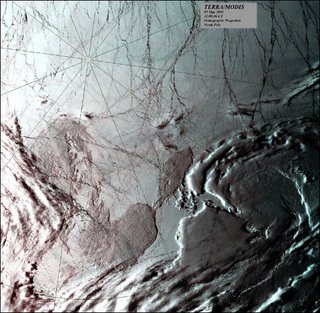
Quick lesson for those of you who don't remember your high school biology: proteins are made up of 20 different amino acids. The whole purpose of the DNA in your body is to give a code for putting these amino acids in the right order. A string of amino acids is called a protein. Proteins do all sorts of things for us, including helping chemical reactions proceed, provide structure, cell signaling, immune responses, etc. Basically, they're very important to us, and we couldn't live without these little boogers (which is why the folding at home project has such a big following)
Some apparently bored scientists with nothing better to do, decided to assign each amino acid a musical note or sequence.
"We converted the sequence of proteins into music and can get an auditory signal for every protein," said Jeffrey H. Miller, distinguished professor of microbiology, immunology and molecular genetics, and a member of UCLA's Molecular Biology Institute. "Every protein will have its unique auditory signature because every protein has a unique sequence. You can hear the sequence of the protein."
"We assigned a chord to each amino acid," said Rie Takahashi, a UCLA research assistant and an award-winning, classically trained piano player. "We want to see if we can hear patterns within the music, as opposed to looking at the letters of an amino acid or protein sequence. We can listen to a protein, as opposed to just looking at it."
If, for some reason you would like to hear what a protein sounds like, go here.
Please tell me our tax dollars did not go towards this.









